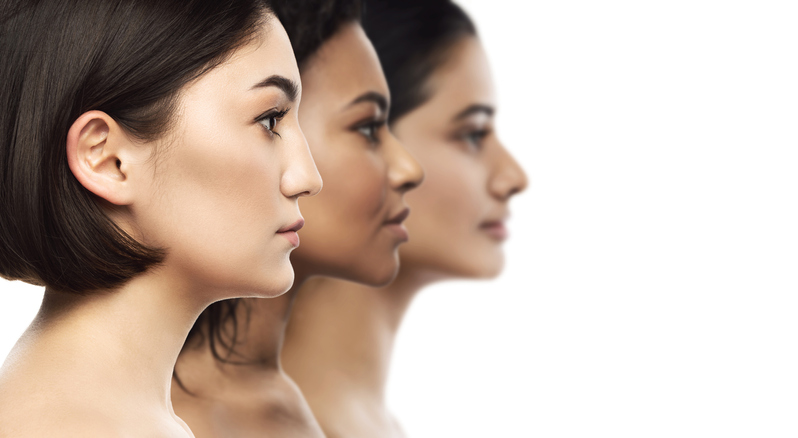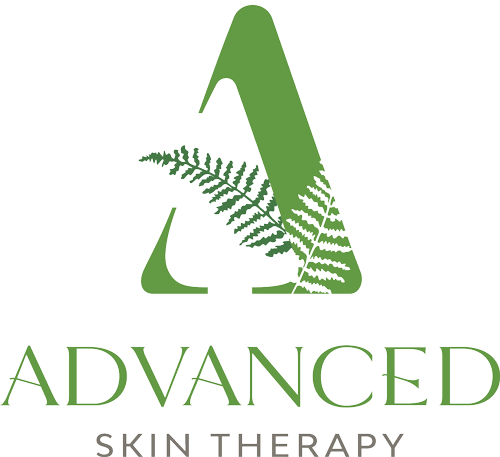While Asian skin is so beautiful it is also one of the most difficult if not THE most difficult skin type to treat.
Let’s talk first about skin types. There are six Fitzpatrick skin types that we use in the United States to determine where to “categorize” you. Let’s look at this simple Fitzpatrick skin types chart below.

Fitzpatrick Skin Types
Fitz 1: Light, pasty white skin; red or blonde hair and will sunburn immediately
Fitz 2: A little darker than Fitz 1 but not a whole lot and still very susceptible to sunburns
Fitz 3: Darker than Fitz 2 with typically darker hair and stillburns in the sun but not as quickly
Fitz 4: Asian, Hispanic, Native Americans and generally darker hair/skin with no sunburn issues
Fitz 5: Middle East, Indian and darker Fitz 4 skin and hair.
Fitz 6: Black skin tones and the darkest on the scale.
When we are talking about ways to treat different skin types via services it’s Fitz 1-3 that can handle almost all ingredients and services from chemical peels to lasers to needling and to services and ingredients of all kinds. When we move into the darker skin types, services and ingredients can get trickier.
Lighter skin types are more prone to capillaries, redness and some pigmentation but darker skin types are prone to mostly pigmentation only. The reason for this is that darker skin types have more melanocytes that produce more melanin in their skin often leading to additional pigmentation. Pigmentation in lighter skin types can be treated effectively and fairly simply with many different services and ingredients. However, pigmentation in darker skin types becomes more difficult because we cannot use the same ingredients and services as darker skin types heat up more and react differently than lighter skin types.
Let’s look at just pigmentation. While lighter skin types can be treated via chemical peels and lasers for such pigment, darker skin types often cannot because their skin is unpredictable. Asian skin is the most unpredictable of the darker skin types. While Asian skin can appear to be quite light and even appear to fall between a Fitz 2, 3 or 4, it can act as if it is a Fitz 6 so we cannot treat it the same as a classic Fitz 4 skin type but must instead treat it as a Fitz 6 or Black skin type. This therefore rules out lasers and most chemical peels and really any type of aggressive services and instead allows us to work with particular ingredients only. While we have been successful treating some Asian skin with more aggressive services, it’s risky to do so because you can often leave their skin looking worse than when they walked in the door. This is never a good thing so we only err on the side of caution.
Let’s also remember however that should your Asian skin not have a concern of pigmentation but rather just needs some overall resurfacing, dullness, pore tightening, acne concerns, etc, then these skin conditions can be treated effectively with facials, light needling and a variety of other treatments.
However, when we are in need of assistance for pigmentation in Asian skin, we rely on hydroquinone and tretinoin as your best go-to ingredients. While tretinoin will reduce the pigment that has reached surface level it’s hydroquinone that will stop the melanocyte in its tracks below the surface preventing it from reaching up to the surface. These ingredients obviously require time for your skin to adjust to but the products are completely worthwhile and absolutely the way to go for Asian skin and all skin tones that battle pigmentation to be sure.
Call, Text or Email us anytime and we will be happy to schedule a free consultation for you!
“”



